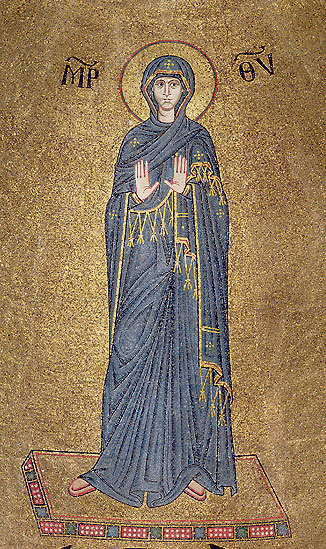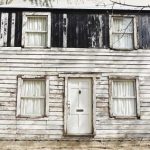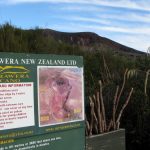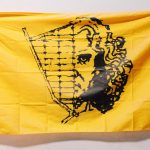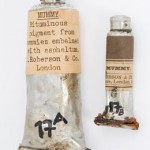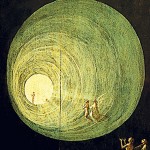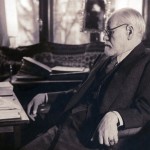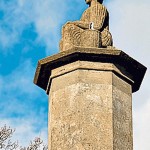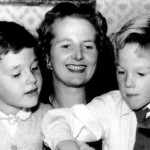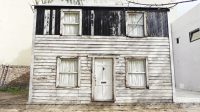Dragon bones on a Venetian island
Sacred Mysteries: John Ruskin used to be mad concerning the church of St Donatus on Murano. He was once proper
through Christopher Howse, January 31, 2015
The bones of a dragon killed with the aid of St Donatus hold on the wall in the back of the excessive altar of the church devoted to the saint on the Venetian island of Murano. I used to be stunned to see them, due to the fact dragons are in bad reputation at the present time, and i feared they might were tidied away. I’m now not moderately certain what dragon bones should appear to be, given that these are the only ones i’ve seen, however they’re indisputably huge.
That was not the most exciting factor about this historical church, which thrills in another way, with its Romanesque architecture from every other world of aesthetics, different from ours. a lot of what we see dates from sooner than 1125, the year of the appearance of the relics of St Donatus (a fourth-century saint).
The entrance door of the church does not face the canal by which visitors attain it, but the apse, the phase that encloses the altar in its semi‑circle of walls.
From the outside, the apse of Santa Maria e San Donato has two storeys, every with 13 arches supported by pairs of marble columns. These stand out towards the heritage of brick. In Britain we involuntarily associate brick with modernity, but these laborious-baked bricks of various dimension are made within the Byzantine custom. The higher arcaded storey of the apse is a steady balcony with marble balusters. the general impact is beautiful.

a part of the band on the apse sketched by using John Ruskin for The Stones of Venice
An peculiar and placing factor concerning the exterior of the apse is a double band of zigzags separating the storeys. within the 1840s, John Ruskin spent a very long time inspecting, measuring, drawing and classifying them (into 10 varieties), and devoting to them a number of pages of The Stones of Venice. Tall triangles let into the brickwork of the lower tier “like a necklace of treasured stones” are full of completely different colored marbles blended with aid carving within the Byzantine idiom. Ruskin used to be particularly taken by 5 – 6 hundred trefoil leaves carved in endless edition. He makes the purpose that, along with their aesthetic appeal, trefoils recommend trinity in cohesion.

The arched window of the north aisle with carved triangle on the centre resting on its point
Above an arched window into the north aisle of the church, a marble triangle resting on its level bears a wonderful carving of a pass in a roundel flanked by means of trefoils (#1, left, beneath). Above the two arms of the move are a circle and a crescent. These are the sun and the moon, Sol and Luna, as they’re so frequently labelled in medieval representations of the Crucifixion. here, on this abstract detail, no depiction of Christ on the pass is tried, but the brand stands powerfully for the entire scene.

Ruskin’s sketch of the carved triangles at St Donatus. sun and Moon above the pass, top left.
Ruskin was once after all mad, but that did not make him improper concerning the significance of this church. inside, the west finish was once messed about within the 18th century, however the entire flooring is covered with mosaics “waved like the ocean, and dyed just like the dove’s neck”, in Ruskin’s words. The mosaics, dated 1140, make patterns, as on the ground of St Mark’s in Venice, and photographs (such as the seize of the fox via a pair of chickens, below). The mosaic ground was restored in the Nineteen Seventies, however some misfortune mixed with floods by way of high tides have mixed to loosen the tesserae another time, so it’s being restored once more.

The chickens have caught the fox, part of the mosaic from the floor of St Donatus
the interior of the church looks as if one of the most historic basilicas at Ravenna, the nave flanked with the aid of monolith marble columns, reused from classical sources, underneath carved Corinthian capitals. What attracts the eye is the golden mosaic masking the half dome of the apse above the excessive altar.
There, standing alone on a low dais, is the tall determine of the Virgin Mary wearing blue with gold fringes. Her arms are raised with the arms in opposition to us in the ancient orant gesture of prayer. To left and proper of the halo about her head Greek letters MR THU, abbreviate the title Mater Theou, mom of God. regardless of the bold upward curve that accentuates the chin, her face seems almost timid. in the chill wintry weather church empty of visitors, that is the very picture of tranquil contemplation.
Telegraph Columnists: day-to-day opinion, editorials and columns from our celebrity writers
(134)

